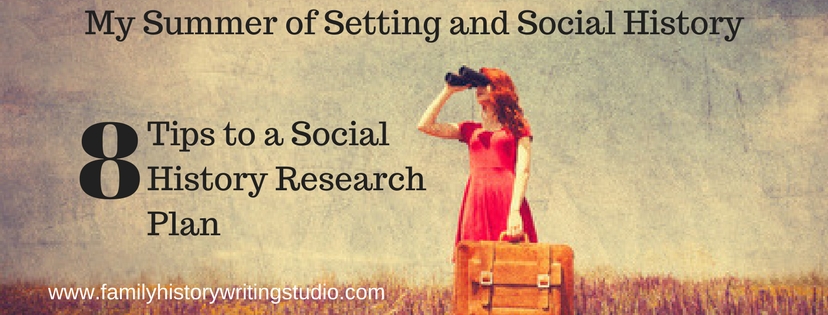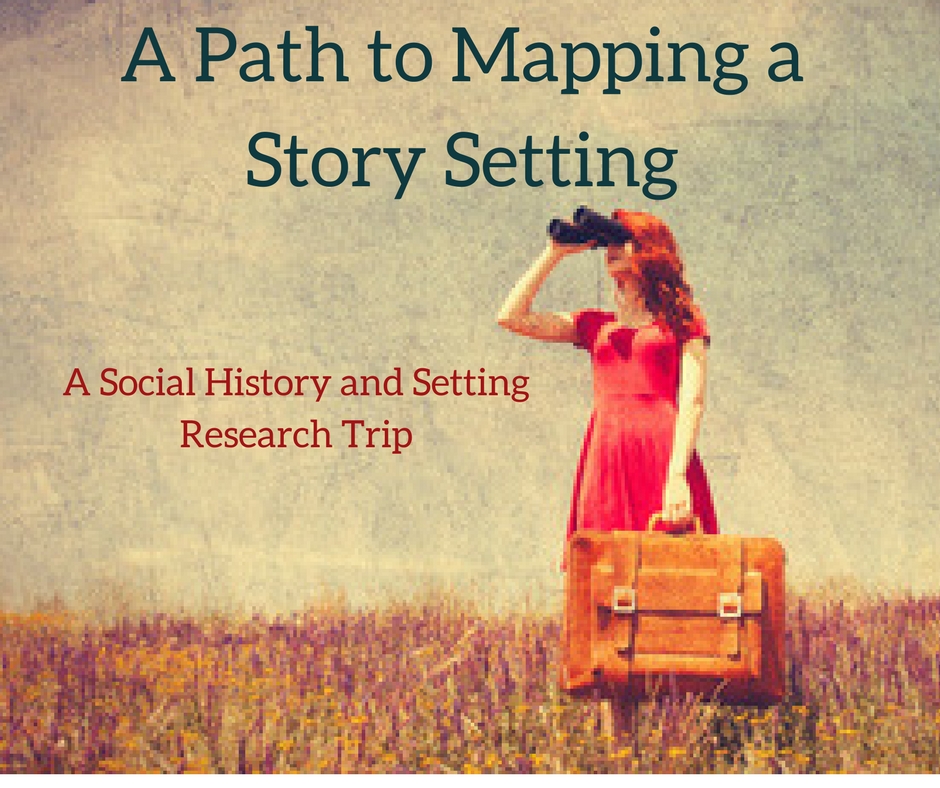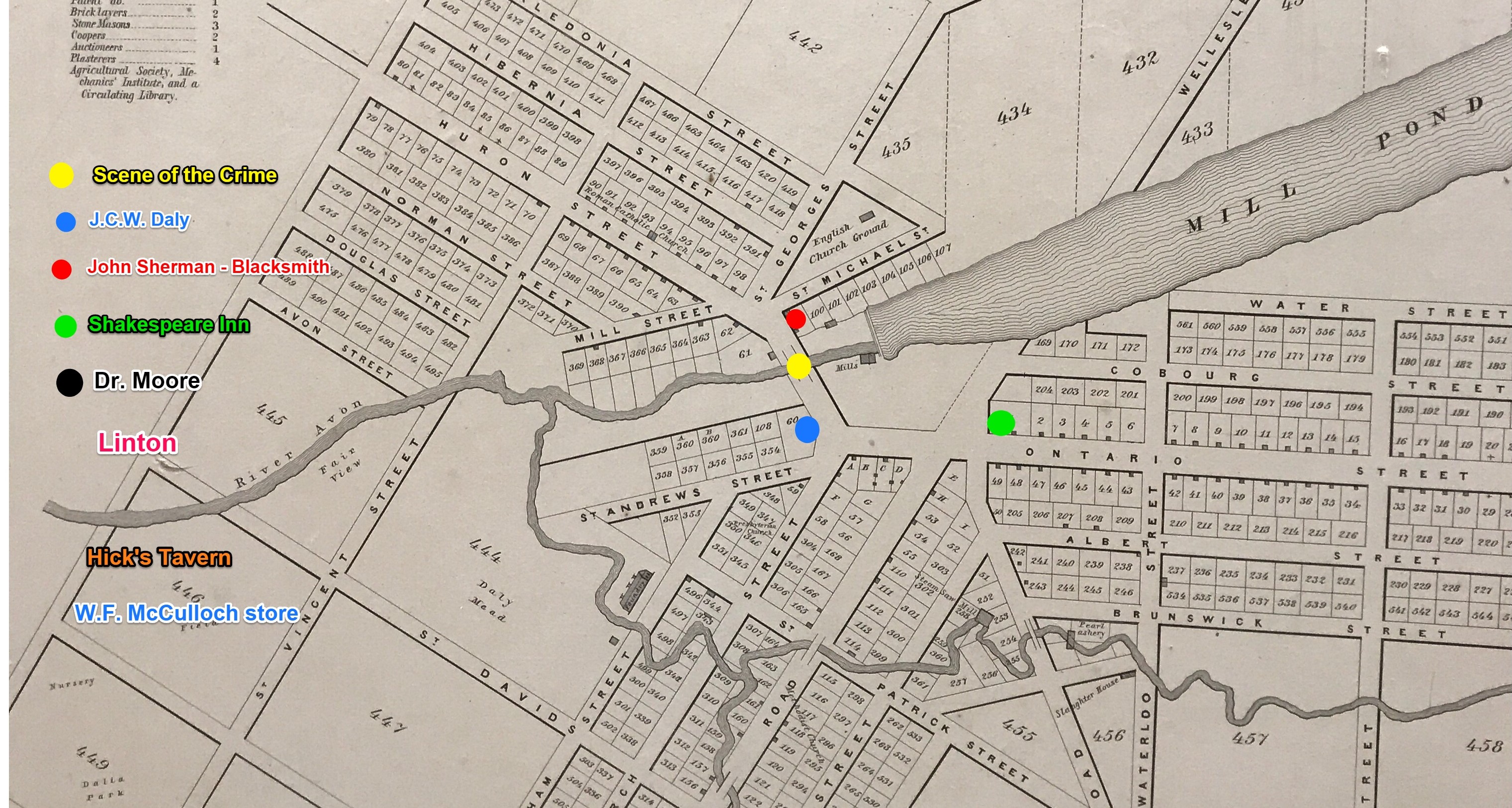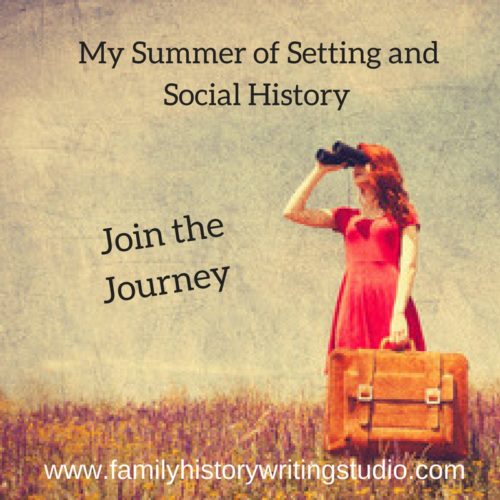I’m getting ready to head to my ancestor’s town next week, but before I go, it’s important to have a research plan in place. Just as you would use a research plan for your genealogy research, you also want to identify a plan for the local and social history research you need to write your family history stories.
I’ve already plotted out my story. For those of you who haven’t taken our plotting course or read Finding the Story Workbook #3, this just means I have outlined my story from beginning to end in great detail. By taking the time to plan my story, it helps tremendously in identifying the local and social history research I need to complete my story. Plotting your story in advance eliminates you from spending a lot of time researching topics that are not pertinent to your story. Your research will be more focused and purposeful.
Next, I spent some time on the internet looking at the various resources available for my visit. I’ve identified some resources available including Perth OGS, Perth/Stratford Archives and The Stratford Museum operated by the Stratford Historical Society. There is also the Stratford Heritage Society which operates the Fryfogel Inn, and I’ve also identified some walking tours through the Stratford Tourism that I think might help me to put some context to the town and the community. I won’t be able to cover all of these identified resources on one trip, so I’m creating a plan and a priority list as it’s probably going to take several visits to complete my research; all the more reason I need a plan. The plan might also need to be adjusted once scope out these locations when I arrive.
Here are eight steps I’ve identified in preparing for a research trip of local and social history research for your family history story.
1. Identify Topics That Need Researching
Start a comprehensive list of research topics. I like to keep this list easily accessible, you can keep it either in a notebook, or my preference is to use Scrivener or Evernote. Evernote being my first choice.
2. Identify Sub-topics
Some research topics may be pretty broad. Take the time to think of any offshoot topics. List them under original items.
3. Organise Your Topics
Not every research topic will be crucial to your story, some will carry more weight than others. Reorganise your topics and subtopics by their level of importance. This way you will optimise your time on the more important issues. As well, some topics might be covered very quickly while others might take some time.
4. Have a Purpose for Each Research Topic
Each topic should be on your research list because they have the potential to add value to your story. Realise why you’ve chosen to include each subject in your research time. Don’t waste your time researching topics that don’t serve your story. This is why identifying your story plotline is important before you begin this research.
5. Identify What You Want to Learn
List what you want to learn about each topic, so you have a clear goal in mind. When you have a goal, it becomes easy to identify when you’ve achieved your goal, and it’s time to move on to the next item on your list. Too often researchers have trouble finishing the research, never getting to the writing. Identify the end game so you know and when it’s time to move on. You also have to know when some research just may not be available. Don’t make your quest for local and social history research an excuse never to get to the writing.
6. Create a Story Box
Before I write a story, I create a Story Box. A story box is basically a container where I pull all my research for a particular story into one place. I create a binder in Evernote for my Story Box. I add all the current documents and information into this binder. The Story Box makes it easy to find and quickly access anything you need about the story you are writing. Don’t spent valuable writing time looking for stuff. You can make a digital story box or tactile one, using an actual box. I like a digital box. I use Evernote because I’ll have everything I need wherever my research physically takes me. I can access it from my laptop, ipad or iphone and it’s cloud storage so there is no worry of losing it to a computer crash. Now as I begin my local and social history research anything I learn will also be included in my Evernote binder. In this Evernote Binder, I’ve also included my local and social history research checklist. If you don’t know how to make a research checklist in Evernote, you can check out my video below.
7. Create a Research Calendar
Once you’ve identified your research topics, you’ll want to consider how you are going to proceed with your research. The more organised and planned you are the more productive your research time will be. Schedule your research days on a calendar regardless of whether they are online or in an archive. How much time per day do you plan to spend doing this research? Set yourself a deadline to complete your research with realistic expectations. Without a deadline, you’ll research forever.
I’ve determined I’m starting with the Perth/Stratford Archives. I’ve sent off an email letter to them letting them know the day I am coming and what I will be looking for on that day.
8. Organise by Priority
My research plan is arranged by priority; what I feel is most relevant to the story –where I want to start. My first focus will be on creating a map of Stratford in 1847 and locating the list of businesses and homes that I’ve identified. Hopefully, I will also come up with some general information, description or even a photograph for these places. This will help me to describe them in my story. I’m dealing with a very early time so photographs will be a long shot but some of the businesses may still have existed later, or an advertisement in a Gazetteer might exist to help get a perspective on the business.
I’m also going to start my research with the political climate in Stratford and Perth area at the time. It’s an essential element to my story. In my Google search, I’ve discovered that the Stratford Archives holds the council minutes for North Easthope (this is the township my ancestor lived in on the outskirts of Stratford). The council minutes begin in 1843 so I’m going to start there and well as many other resources that may help me with my list. You will also note that I’ve identified on my research checklist a list of books that may offer some insights into the local and social history of the time. I’ll keep an eye out for these in each archive I visit.
Keep in mind as you begin your research that your plan may change as more information and resources may open up to you and others may fall away because they just aren’t available. Remain flexible. However, a plan remains essential to identifying the research you need to help you bring that story to life on the page and keep you focused and on track.
Next: Reaching out to the Archives and the First Visit.
Did you miss our first post in our series My Summer of Setting and Social History? World Building




